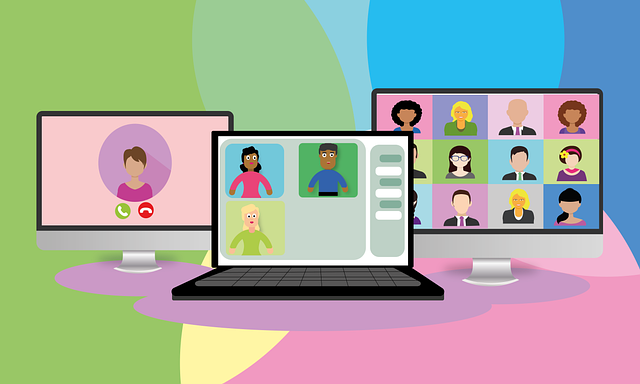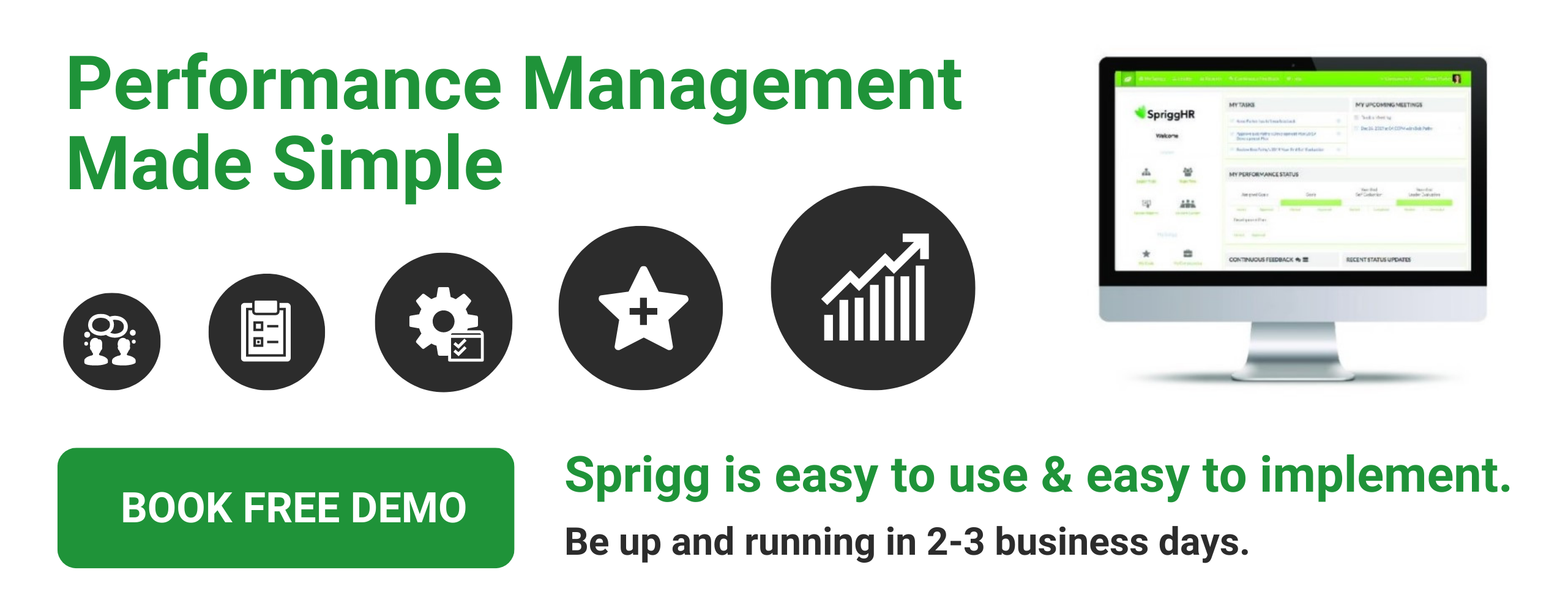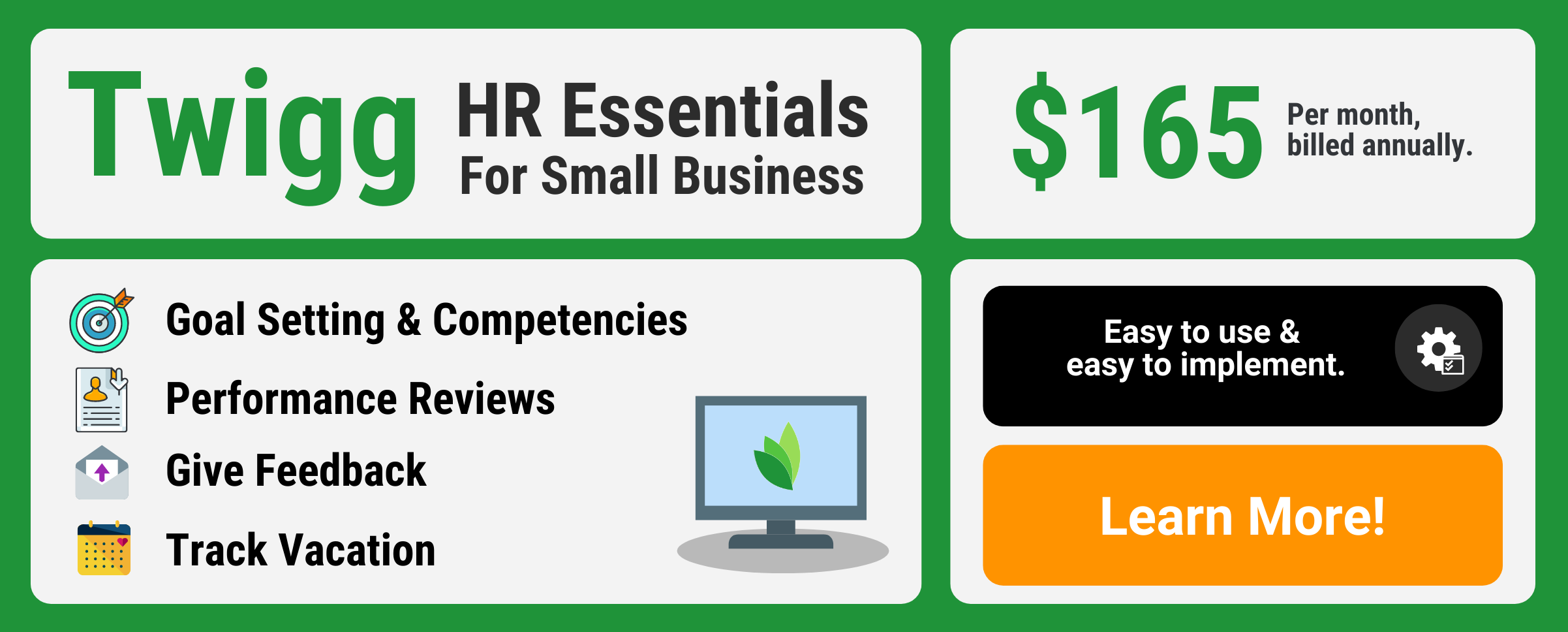
5 Reasons to Hold Regular All-Hands Meetings
When executed properly, all-hands meetings have the potential to drive a level of transparency and alignment within your team that will make your business stronger.
What are All-Hands Meetings?
It is widely known across industries that transparency within an organization drives success and business strength. One of the best ways a company can foster that sense of transparency and trust with their employees and teams is through the use of all-hands meetings.
All-hands meetings are regular, company-wide meetings where all employees gather with leadership to discuss company matters. The general objectives of an all-hands meeting are to:
- Share the business updates of the past month, quarter, year, season, etc.
- Drive alignment around the company’s mission and strategy
- Celebrate company milestones and recognize the individuals who made them possible
- Give everyone in the company a chance to ask questions and clarify any concerns
Any and all organizations can stand to benefit from holding regular all-hands meetings, regardless of company size or age, or the scope and level of the all-hands meetings you choose to conduct.
Why are All-Hands Meetings Valuable?
Company-wide, all-hands meetings have the potential to bring your teams together in an incredible valuable way. It provides perspective on the state of the business at team and department levels, and can highlight the importance of every employee’s contribution and effort of moving towards company goals.
Here are several key benefits to holding regular all-hands meetings for your organization:
1. Keeps your team updated and improves alignment.
All-hands meetings are one of the best opportunities you have to ensure all your team members are on the same page about everything business-related. This goes beyond simply sharing organizational and people updates, which can be done in much less expensive ways. By emphasizing company mission, strategy, and objectives, all-hands meetings provide you with the chance to accurately align your employees on the company goals, pointing them in the right direction and ensuring success down the line.
2. Celebrates people and uplifts team spirit and morale.
Company achievements cannot exist without consistent efforts from the people involved. Celebrating your team members’ successes and recognizing their hard work is just as important as keeping them in the loop on business updates. Especially when your employees are feeling overwhelmed or discouraged, one of the best ways to boost their morale is to review the highlights of their efforts and give shout-outs to the individuals who helped achieve them.
A good way to do this is to involve your team members in the recognition process. Have employees think of one team member who went the extra mile for them or performed exceptionally well over the past month or quarter. Generating a word cloud of the results and projecting it on screen is an excellent way to have several top players feel valued and appreciated, while still shouting out the exceptional performers. Another activity could be to crowdsource company highlights from the employees during the meeting itself. As opposed to having speakers reviewing the highlights, invite attendees to share their personal high points with the people sitting near them, then submit them into an open text poll using their phones and acknowledge the top ones on screen.
3. Gives a voice to everyone.
An all-hands meeting is one of the best places to generate a forum for employee questions, and address employee concerns from every corner. Holding an open Q&A with leadership may be useful in helping you uncover the most hot-topic issues in the organization, encouraging workplace transparency. A good rule of thumb is to allow for at least 20% of your all-hands meeting time to be dedicated to Q&A. It may be helpful to collect questions in the days leading up to the meeting as well, allowing executives and panelists to prepare thorough answers beforehand and have a general sense of the areas of topics the employees will want to discuss.
4. Fosters a healthy company culture.
All-hands meetings are one of the best places not only to show your company culture, but to grow it as well. Demonstrating and strengthening your company culture by involving the people that the meeting is first and foremost about is critical. Let them contribute to the agenda and co-create the program and run activities where attendees enjoy themselves. At the end of the day, all-hands meetings are for your employees, so give them good reason to be excited about being there in the first place.
5. Connects remote teams and workers with executives.
While imagining company-wide in-person gatherings is difficult right now, understanding the value of connectivity that they present is just as important as ever. All-hands meetings are a unique chance to connect your remote workers with headquarters, and truly make them feel part of the company and the organizational community as a whole.
Certain companies even have the majority, if not all, of their workers working remotely, meaning they run their all-hands meetings fully online. We will investigate best practices for holding all-hands meetings remotely later but understanding the value of connectivity they bring beyond the regular virtual check-ins you may hold with your team is critical.
Best Practices for Running All-Hands Meetings
One of the biggest benefits of holding regular all-hands meetings is the opportunity it presents for productive interactions within teams and between employees and leadership. This intermingling can spark new connections, inspire new ideas, and can drive your company forward while keeping everyone aligned and on-track.
But, not all all-hands meetings are created equal by nature. If you want to get the most out of your all-hands meetings, ensure their effectiveness, and have everyone who walks away feeling included and excited about the future of your organization, there are a few best practices you should follow:
Prep Your Team
Especially if your organization is not used to holding regular all-hands meetings, worrying your employees during the scheduling process is the last thing you’ll want to be doing. Critical to the success of any all-hands is its establishment as a neutral event beforehand.
While sending out meeting invitations, include the all-hands agenda, and clearly outline what it is you are going to be discussing. Provide attendees with some idea of what to expect, especially if this is your company’s very first all-hands meeting. Otherwise, people will only be able to speculate, and you risk having your employees assume a worst-case scenario.
Keep All-Hands Meetings Short and On Time
Especially for larger companies, having every individual in the organization in one room can be daunting, especially when it comes to the challenge of keeping each and every one of them engaged. This is why you should aim to keep your all-hands meetings short and to the point where you can, ensuring they remain effective creating a lasting impression on its attendees.
Depending on how much ground you need to cover, and how much you have outlined in the agenda, anywhere from 30 minutes to an hour should be plenty. If you have plotted out a day’s worth of events, ensure you break it up with engaging activities and events that will keep your team focused and participating. In addition, it is important that you start and end the meeting on time. Everyone has busy calendars, and you have asked your entire company to step away from their responsibilities to attend this meeting, so it is critical that you demonstrate your respect for their time.
Focus on the Right Content
Keeping your all-hands meeting attendees engaged and attended is your biggest responsibility, but it can also be your biggest challenge if you waste too much time on the wrong topics. While you may be inclined to share every last detail about certain updates and projects, aim to focus the majority of your time on the content that is relevant and interesting to the entire company.
Keeping all-hands meetings relevant to the organization as a whole can be difficult, but a good rule of thumb to follow is the three-category strategy: first, discuss the critical information, then dive into present-day business and updates, and end it off with something fun, social, or interactive. If you have a full day planned, try to organize the content and scheduling around this pattern.
When it comes to the present-day business, avoid going too deep into the minutiae of things. Your presentation or discussion should aim to provide a general overview of what’s happening within your company, and if certain employees want to learn more, they can follow up directly with the appropriate contact person or team.
Switch Things Up
For companies that have already gotten into the habit of holding regular all-hands meetings, it can be tricky not to fall into the trap of it digressing into an hour-long lecture from your leadership. While keeping leadership input at the forefront is important, you should still aim to keep the meetings interesting and engaging for everyone in attendance.
Your employees likely don’t want to hear from the same handful of executives every month. Switching up the presenter roster is a great way to keep the audience excited about what they will be hearing and provides them the opportunity to learn more about other teams that they may not have the opportunity to work with on the day-to-day.
Share Successes and Opportunities for Growth
Involving presenters from specific teams is a great strategy, but it is important to stress transparency in what they present to the wider organization too. It is likely that they are going to want to put their best work at the forefront, and while all-hands meetings are one of the best places to share successes and provide recognition where it is deserved, it’s also an excellent forum for sharing learning opportunities and tips for growth and improvement.
Celebrate the accomplishments of your team, and recognize their progress and successes, but ensure that people also have the chance to hear what others in the company have learned, and what hasn’t worked well for them. When asking a team to present at an all-hands meeting, ask them to share both their successes and their challenges, and the same rings true for the leadership team. By keeping everyone in the organization informed on team-specific challenges, and the strategies they used to overcome them, those learning opportunities that were only accessible to a single team or leader are then opened up to the entire organization.
Aim for Interactivity
Employees won’t be very engaged if all-hands simply involve someone standing at the front of the room and talking at them for an hour. Keeping the entire team engaged is essential, so aim to seek out new ways to make your all-hands meetings more interactive. We have already discussed the value of holding Q&A sessions and implementing real-time interaction from meeting attendees. Open the floor regularly for Q&As, and have live questionnaires and responses from meeting attendees, but also consistently seek out inventive activities and events that can promote engagement at your meetings.
Ask for Feedback
All-hands meetings are pointless if your employees aren’t getting what they need to out of them. One of the most important components of effective all-hands meetings is the mechanisms in place that ensure their continued effectiveness, and there is no better source for that than employee feedback.
Following each all-hands meeting, follow up for feedback. Ask them what it is they enjoyed about the all-hands, what they think could be improved upon, and what they would like to see changed for the next meeting. Take the time to read through all that feedback and use it as criterion for improvement that will drive the planning and execution of your next all-hands meeting. Taking employee feedback and using it to improve and evolve how you run your all-hands not only increases their effectiveness and impact, but it also makes your team feel respected and heard.

How Can You Hold Regular All-Hands Meetings Remotely?
It is likely that many companies are facing the need to shift all their in-person events online for the next while and possibly indefinitely, but keep in mind that running an all-hands meeting in a virtual space can still have as much impact as if you were sitting in the same room together. They key is smoothing out all the wrinkles beforehand. Here are the three general stages to holding your regular all-hands meetings virtually:
Tech Setup
Choosing a reliable video conferencing tool is the first step. A popular choice currently is Zoom, but other strong platforms include GoToMeeting, Skype for Business, Join.me, Roundee, Adobe Connect, and Google Hangouts. If you plan on presenting slides, ensure they run seamlessly on the platform, and test out any interactive features such as running live polls and Q&As beforehand as well.
Preparation Phase
Like you would for an in-person all-hands meeting, the next stage is the assign specific roles to members of your team. There should be multiple speakers present at the meeting, since switching speakers helps break monotony and brings in multiple perspectives from different corners of your organization. Introducing a moderator can also be useful, which means having them greet your teammates as they join the call, deliver a kick-off speech, and keep an eye on the agenda. Especially for online interactive activities, assigning someone the role of discussion facilitator to field incoming questions and steer the discussion according to employee input can help keep the Q&A sessions running as smoothly as possible.
One of the most important parts of the planning phase is to raise awareness of the meeting’s date and time. Aim to put out a calendar invitation well in advance so as many employees can make it as possible, and ensure you attach all the important details to that invitation, such as a link to the conference call, a link to the interactive features, and a brief agenda outline.
Finally, conducting a dry run of your all-hands is essentially, especially if you are running it in a virtual setting. Test out the technology, review the agenda several times with all the key players (speakers, moderator, facilitators), and rehearse the content as much as you can.
Delivering Content and Facilitating Interaction
A strong start to your virtual all-hands meeting will set the tone for the rest of the meeting, so make sure your introduction is as punchy as engaging as possible. Have your moderator welcome attendees and dedicate the first few minutes to ideally an icebreaker that can include all. Remote workers across the country are all facing challenges of loneliness and isolation, so spending some time to socialize before the meeting starts can help put your employees at ease. In addition, encourage your colleagues to turn on their cameras for the meeting. It is likely that many of their virtual calls and meetings have been voice-only, but having employee faces on screen can make the virtual all-hands meeting feel much more personal and interactive.
When it comes to slide presentation, keep in mind that attending virtual meetings demands much more attention than in-office meetings. They are much more prone to distraction when in their home environment, so don’t overwhelm your audience with a too-heavy presentation or daunting visuals. Simplify your presentation slides, keeping them captivating and easy to look at while the essence of the content is in what you are saying.
Presenting creative ways to deliver content and inviting employee’s participation is also important. You can conduct live polls, gauging employee satisfaction and crowdsourcing their ideas and opinions, or you can turn company stats into interactive quizzes where colleagues can have a guess at how well the organization is doing. Not only does it transform the more mundane topics into something fun, but it helps re-engage your virtual audience in case they have started to tune out. The Q&A also remains just as critical. It can be difficult for teammates to interrupt the presenter and ask questions on a virtual meeting, so setting up a Q&A tool online is an excellent solution. Attendees will be able to send in their questions as they come up throughout the meeting, and your facilitator can build a discussion around the top questions during the Q&A session.
In Summary
Running all-hands meetings regularly can be the key to strengthening your business, and now that you know how to optimize your meetings and yield the most successful results from them, all that’s left to do is get all hands-on deck and start planning for your next one.






